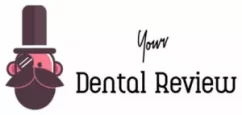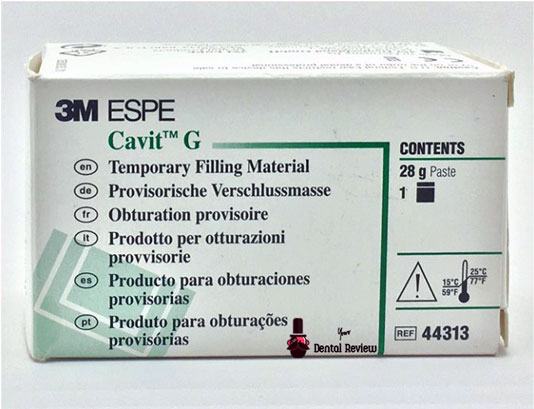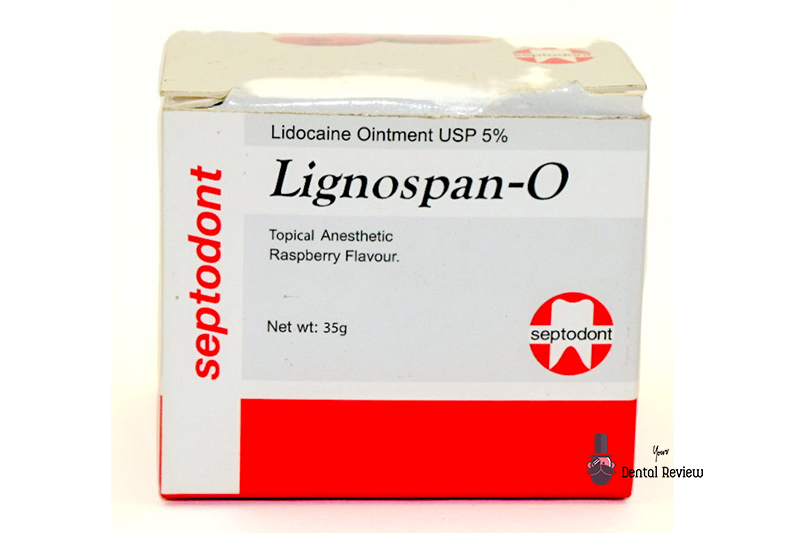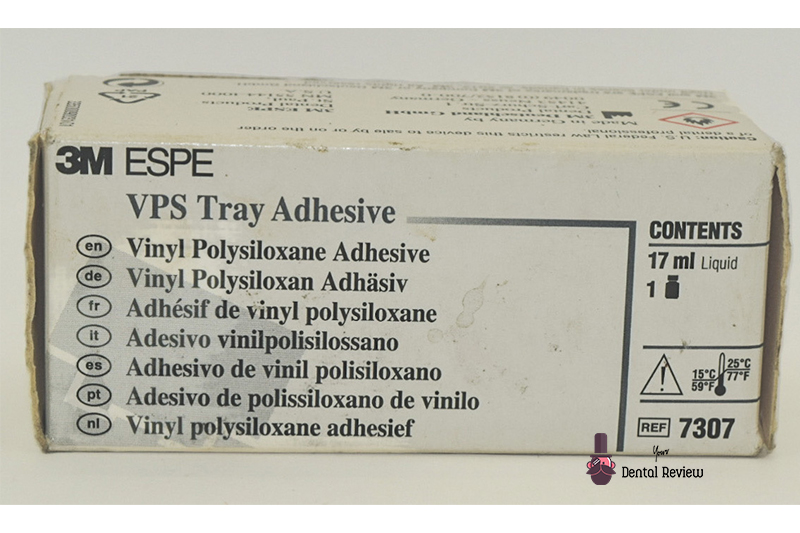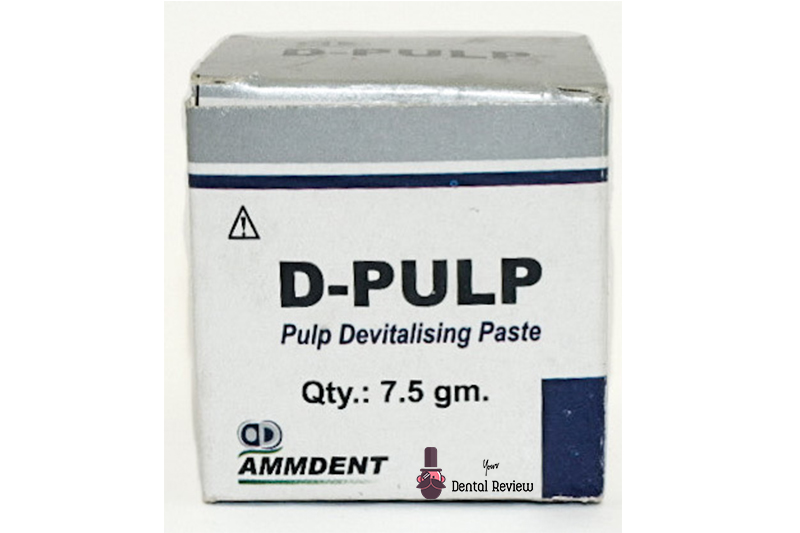Septanest is a brand of articaine with adrenaline from Septodont.
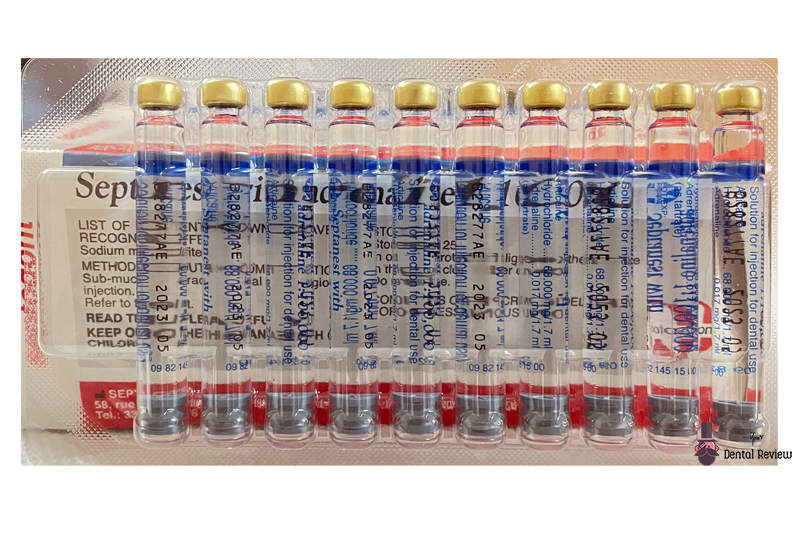
- Comes in a box of 50 cartridges. 5 blisters each contain 10 glass cartridges of 1.7ml.
- Active ingredient is Articaine – An amide type local anaesthetic.
- One cartridge of 1.7 ml contains
- 68 mg of articaine hydrochloride
- .0170 mg of adrenaline
Pros:
- Fast onset of anaesthesia.
- Studies have shown higher success rates of anaesthesia as compared to lignocaine.1
Cons:
- Cannot be used for children below 4 years.
- Should not be used in certain medical conditions:
- Epileptic patient poorly controlled by treatment.
- During pregnancy ( insufficient studies are available for it’s safety)
- Should not be administered to patients with known allergy to
- Articaine
- Adrenaline
- Sodium metabisulphite
How to use:
Should be used in local or regional sub mucosal anaesthesia. Local infiltration is the safest and most effective.
In children (above 4 years of age or 20 kg body weight):
Maximum recommended dose is 5mg/kg body weight.
In adults:
Maximum recommended dose is 6.8mg/kg body weight, equivalent to maximum 7 cartridges.
Should be injected at a rate of 1ml/minute.
My review of Septanest
It took me years to start using Articaine in my practice with Lignocaine being the time tested option when it comes to local anaesthesia.
I though have restricted the use of articaine with adrenaline only in situations where infiltration is required. I have also found Septanest to work best when used in addition to lignocaine.
Septanest is an excellent option in the upper posteriors and can eliminate the use of even palatal anaesthesia.
Even though Lignocaine is my main go to option for anaesthesia, articaine has become a alternative where lignocaine has failed to provide anaesthesia or when only infiltration is required.
